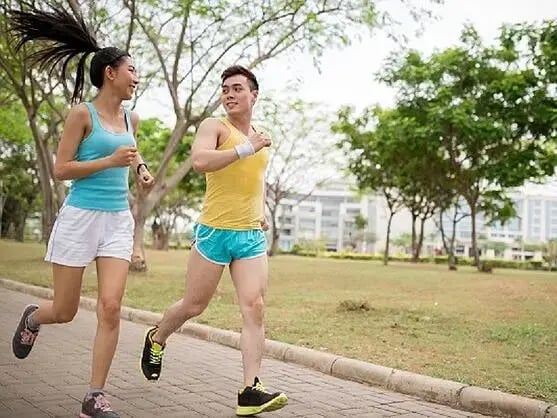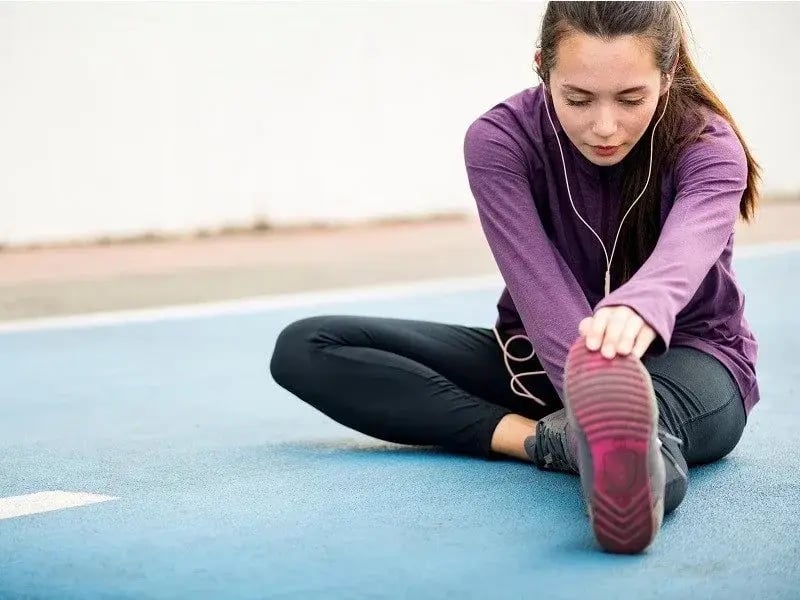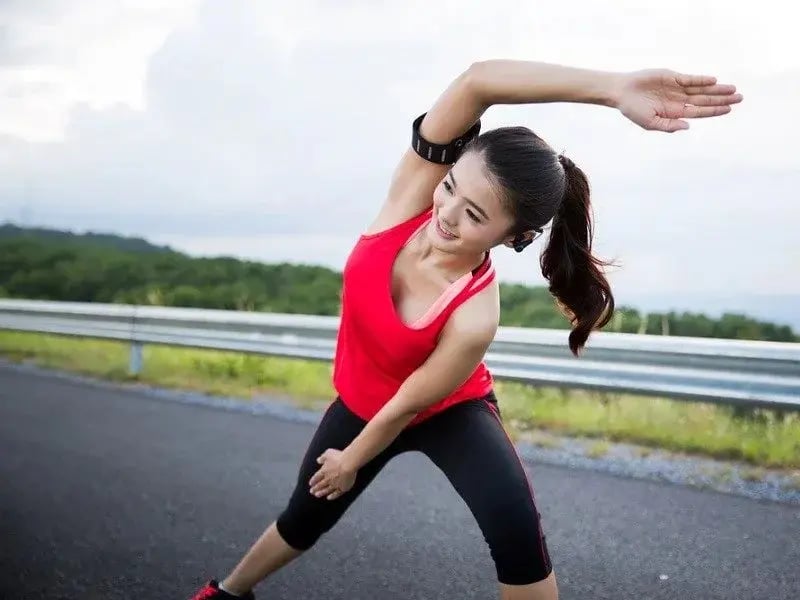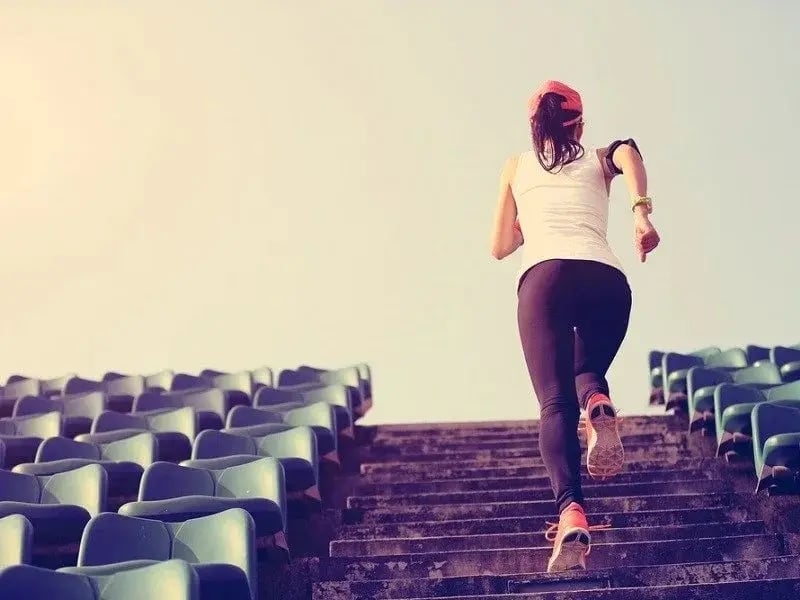10 benefits of physical activity

Is it necessary to be physically active? How can it benefit me?
Being physically active has been a huge ongoing campaign in Singapore for the past few years.
With only 26% of Singaporeans are physically active 3 days per week, it is a big challenge if we want to feel better, perform better and live better.
The minimum weekly recommendation for adults is: 150 minutes per week of moderate to vigorous physical activity, sport or exercise, in 10 minute (or longer) sessions.
Doing so helps you decrease your risk of developing almost every chronic disease, raises your daily energy and improves your productivity at work.
State-wide challenges such as the National Steps Challenge reward us for being physically active but is there a bigger message at hand here? We all know exercise is good for our health, but a lot of us don�t know the full extent of the benefits.
Here are the 10 top-tier reasons that make physical culture something worth embracing in your life.

The top 10 benefits of physical activity
- Weight management
The most prominent benefit of exercising is that it helps with weight management. Exercising increases our caloric expenditure, which helps us lose weight or maintain our ideal weight. Regular exercise also helps to optimise your metabolic rate, which makes weight management a much simpler affair.
- Bone and muscle health
Exercising makes your body physically stronger because it builds bone and muscle strength. Stronger bones contribute to better balance which means greater stability and less injuries, while stronger muscles contribute to general fitness in carrying out daily activities like climbing the stairs or carrying groceries. There's no need to be averse to actively building muscle; a bodybuilder's physique requires years of very specific training and nutrition. Instead, holistic strength training will ensure that your body's muscles remain functionally healthy in the years to come!
- Relief from physical pains
Exercise provides rehabilitation for chronic pains such as lower back pain. The right kind of exercise can be a good form of physiotherapy for stubborn aches or long-term injuries. However, be sure to consult a specialist to recommend the ideal workout before you start exercising.
- Protection against health conditions
Beyond making you physically stronger, exercise also keeps your body healthier by reducing the risk of developing chronic diseases. By helping with weight management, exercise also keeps obesity-related diseases like diabetes and heart disease at bay. Regular exercise also keeps your blood sugar and insulin levels at healthy levels.
- Younger, healthier skin
The post-exercise glow is a real thing � exercise benefits your skin and makes it look more youthful by triggering the production of anti-oxidants. These anti-oxidants repair skin cell damage and stimulate blood flow, improving skin health.

- Boosts mental health
There are several ways in which exercise is good for the brain. Firstly, exercise triggers the release of hormones that facilitate the growth of brain cells. Next, exercise also boosts blood flow to the brain, allowing it to get more oxygen to function better. Furthermore, oxygen also helps to improve memory by increasing the size of the hippocampus, the part of the brain responsible for memory. This slows down your brain�s ageing and also protects the brain against degenerative diseases like Alzheimer�s disease and mental disorders like schizophrenia.
- Energy level boost
The rush of hormones from a good exercise session is a significant energy booster that helps you fight through fatigue and stay more focused. This energy boost is especially helpful for people suffering from chronic fatigue or health conditions that affect energy levels.
- Improvements in mood
Along with making you feel more energised, exercise also makes you happier. Hormones like endorphins that are released during exercise evoke positive feelings and pushes away negative ones. This makes exercise a good form of therapy for people suffering from anxiety or depression.
- More quality sleep
Exercise helps you sleep better at night and fights insomnia by making sure you are sufficiently tired come bedtime. Furthermore, the stress-relieving effect of exercise helps your mind and body relaxed so negative thoughts don�t keep you awake for hours at night. Exercise also helps to regulate your body�s circadian rhythm. The heating up of your core body temperature during exercise allows your body to cool down significantly by bedtime, promoting restful sleep.
- Higher libido
Sleep isn�t the only bedtime activity that benefits from exercise; so does sex. Exercise facilitates blood circulation and flexibility, boosting one�s libido and enhances sexual performance and the overall experience as well. For older men, exercise helps to reduce symptoms of erectile dysfunction.
In short, physical activity is indispensable when you are striving for optimal physical and mental health. The most straightforward way to reap these benefits is to simply set aside time every week to exercise. Proper, dedicated workouts allow you to maximise the time you spend exercising to get the most benefits. Unsure how to plan an exercise routine? Start from the following three steps.

Planning your exercise routine
- Set targets
Exercise, like any other project or plan, has to start from goal-setting (i.e. SMART goals). Be specific with what you want to achieve within a certain time frame. Is it for better stamina so you can run or swim for a longer duration? Or is it for greater strength in order to bench press a heavier weight? Whatever your goal is, set a specific target result that you can work towards. When setting goals, consider your current abilities and fitness levels and factor in any existing health problems or injuries so you can set out a plan that is feasible.
- Plan workout duration and frequency
Before going into the types of exercise that you want to do, plan how many workout sessions you can fit in per week and how long each workout session will be. Most experts recommend exercising four to five days a week, varying the length and structure of your workouts with a mix of different activity types.
- Workout structure
There are three types of activities to consider � aerobic, anaerobic and non-exercise. These exercises target different aspects of fitness and health, so it�s ideal to commit to at least one to two sessions of each activity every week.
Even switching up your daily habits to get more exercise can help you get more of the numerous benefits of exercising.

Here's how the Active Health Physical Activity Habits can help you:
- Use the stairs instead of the escalator/lift every day.
- Take one 10-minute brisk walking break every day.
- Reach 10,000 steps every day.
- Complete at least 25 minutes of moderate intensity physical activity every day.
No matter what your age group and gender is, exercising provides a host of health benefits that you definitely should strive to unlock. Just make sure you plan your workouts with care and caution, and to always respect your body�s needs and ability. Getting a professional�s advice is the best way to ensure your workouts are optimised for the best benefits � make an appointment with one down at our Active Health Labs today!
Physical Activity e-Workshops
Republished from:






![ActiveSG Academies and Clubs Logo (Solid Colour)[8647]](https://www.activesgcircle.gov.sg/hs-fs/hubfs/ActiveSG%20Circle%202023Theme/images/ActiveSG%20Academies%20and%20Clubs%20Logo%20(Solid%20Colour)%5B8647%5D.png?width=150&height=65&name=ActiveSG%20Academies%20and%20Clubs%20Logo%20(Solid%20Colour)%5B8647%5D.png)




-01.png?width=200&height=141&name=Team%20Singapore%20Logo%20(Red)-01.png)











